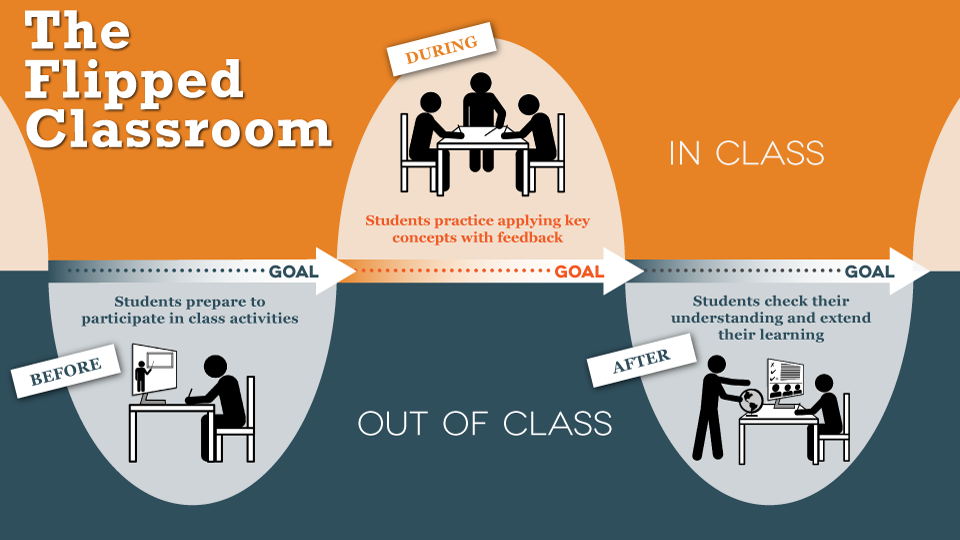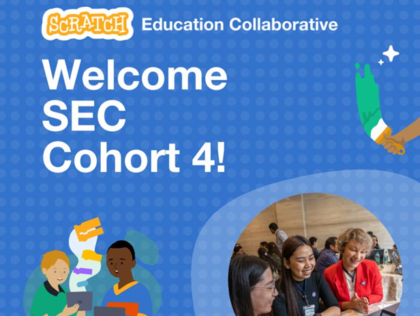Many of us are very much aware of how we have to flip through pages of books and make copies of it for study purposes. From which we get the grade “A” we want for our academic purposes and yet remember nothing from the pages we copied. Other occasions are when you attend trainings – be it organized by your organization or school, your inability to make detailed notes from these trainings put you to a disadvantage, you may not be able to recall or remember as much was intended to be imparted to you. This whole process of learning and training hasn’t resulted anyone into a billionaire yet and for that we can say that method of learning isn’t very effective.
Borrowing from the active learning model which states; “we remember 90% of what we do”. This is the basis of what this article is about “Flipped Learning”
What is flipped learning?
The flipped learning is a pedagogical model which – you guessed it – flips the traditional lesson and homework setup. It migrates direct instruction from group learning into an individual one. Instead of listening to a lecture or presentation and then doing exercises on the content at home, students prepare ahead of the lesson by reading, watching or listening to resources. This means that class time can be devoted to more productive works like projects, exercises and discussions.
Jonathan Bergmann and Aaron Samms at Woodland Park High School in Colorado identified a key problem with the way that lessons were traditionally taught – they don’t need to listen to their teacher and make notes. They need to be able to ask questions, get help and discuss ideas. In their flipped learning model, students in class can work through problems and advance their understanding of concepts.
Technology and the Flipped Learning Concept
With interactive content like videos and collaborative online tools at its heart, it’s obvious that technology is a central part of the flipped learning strategy. If you don’t consider carefully how technology will be used to deliver your flipped learning, your lessons could flip and fall flat on their faces.
Here are some key things you should consider about the technology you use to deliver a flipped learning model.
Devices
When it comes to the flipped learning, as most of the prep and consumption of content happens at home, you’ll often find you have little control over which devices your students will be using to access resources.
In an “ideal world” – each student or person would have their own device which they could use at home and at school to create a consistent learning experience and move seamlessly between the two.
But it’s not an ideal world – it’s not easily possible to ensure that each and everyone has a personal device. So it’s a good idea to be as inclusive as possible – avoid using processor-intensive apps and content. Make everything as accessible as you possibly can, so that every student gets the chance to prepare for the lesson ahead of class or training time. Your content should be accessible from the latest iPad or from the computer in the local library.
For the teacher or trainer – a laptop or tablet with wireless and a decent webcam which is good enough to run some basic video editing software is a great investment.
If you are lucky enough to have the resources to supply each student or trainee with their own device, then tablets work great for flipped learning. There is a plethora of apps to help students and trainees collaborate and communicate with their colleagues and teachers in ways that truly enhance the learning experience. Combine these with an interactive screen and an app like DisplayNote – you can create an immersive lesson where absolutely everyone is involved and engaged via their mobile device.
For the technology assistance to flipped learning, devices, online platforms and apps are the main and key resources required to make it successful. Apps like Office 365, Sway; other platforms like YouTube and SharePoint Sites among the rest are awesome tools that can be used for this flipped. Apps and software will be discussed fully in the next article to see how we can fully benefit from flipped learning.
Author: Peter Van Kazin Ayittah
Membership Administrator, Institute of ICT Professionals, Ghana
Contact: +233 241 651 020 || peter.ayittah@iipgh.org





